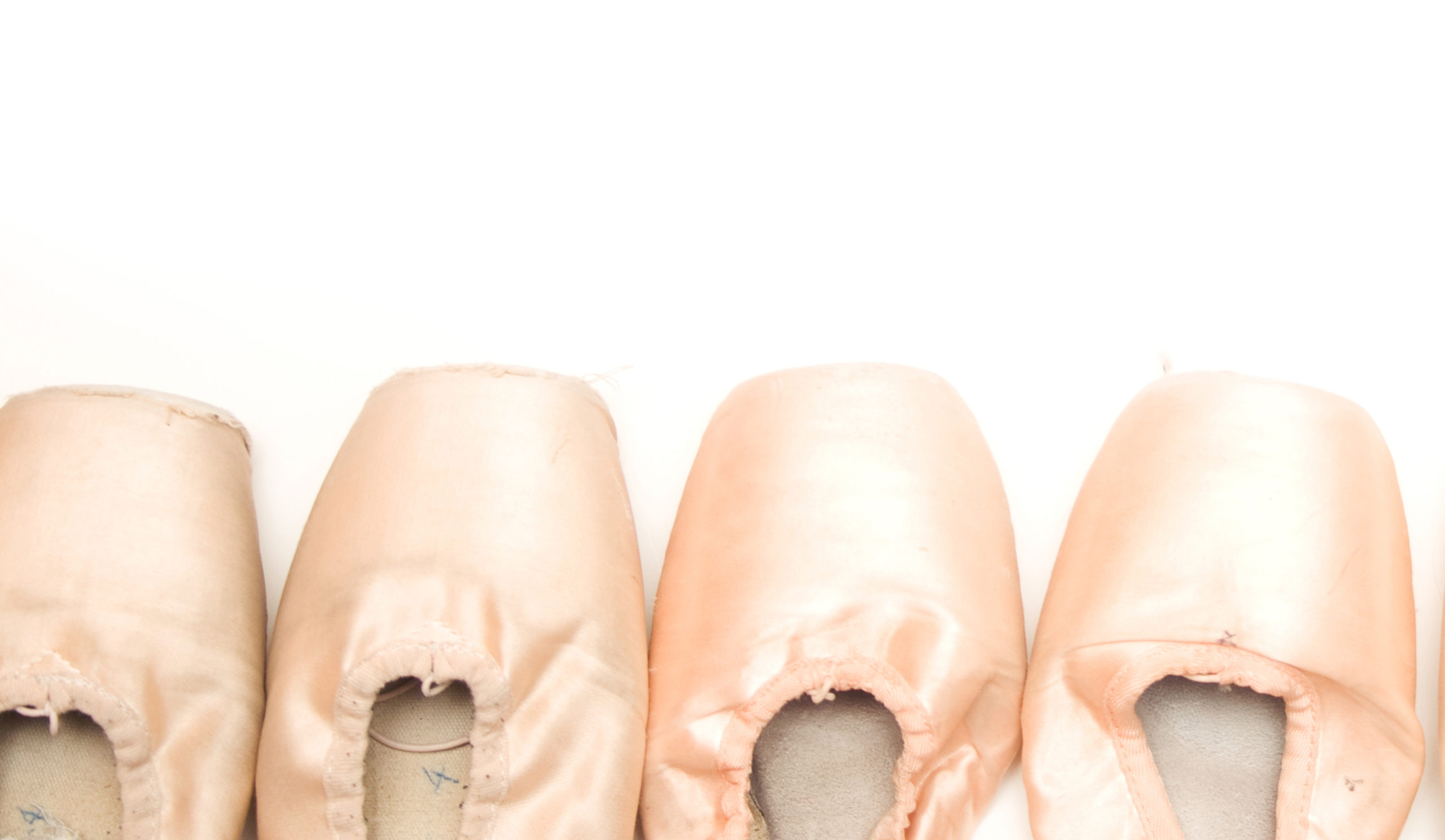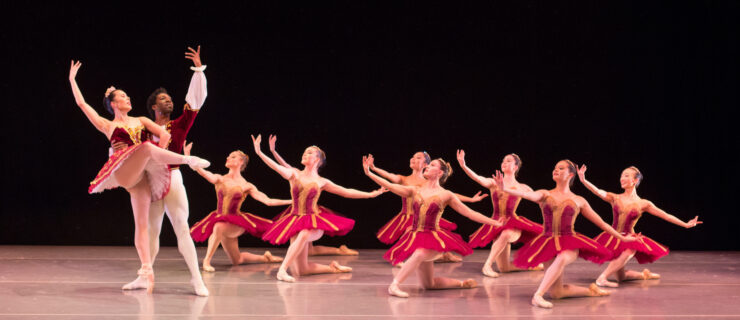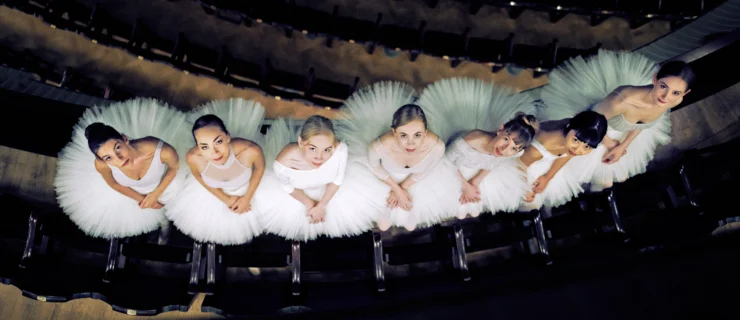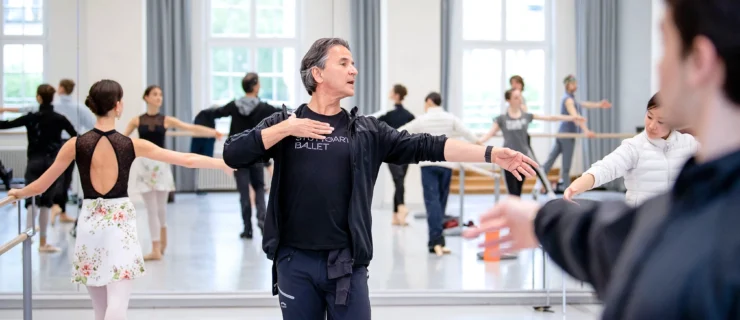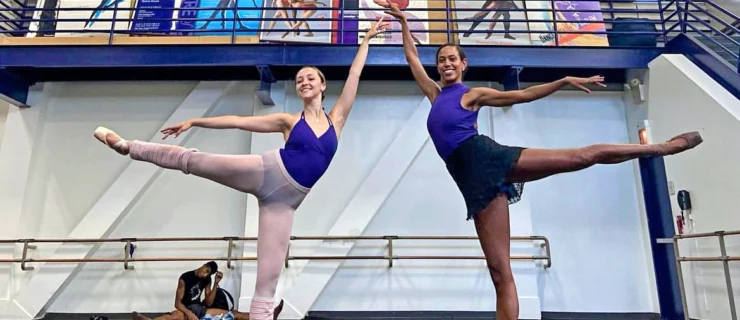Cedar Lake Can Dance
New York City’s Cedar Lake Contemporary Ballet is arguably the edgiest, coolest ballet company in the country. But what’s more impressive is how they accomplish this without alienating mainstream audiences. In fact, they’ve been able to reach potential dance fans that most companies only dream of: This spring, they danced alongside Emily Blunt on the big screen in The Adjustment Bureau. And on Thursday, they’ll be streamed into your living room as guest artists on So You Think You Can Dance. Jon Bond and Soojin Choi (on Pointe’s October/November 2010 cover) as well as Jason Kittleberger, Acacia Schachte and Ebony Williams will perform a piece from artistic director Benoit Swan-Pouffer’s Installation series. Tune into FOX to see how they transfer their unique brand of awesome to the SYTYCD stage.
